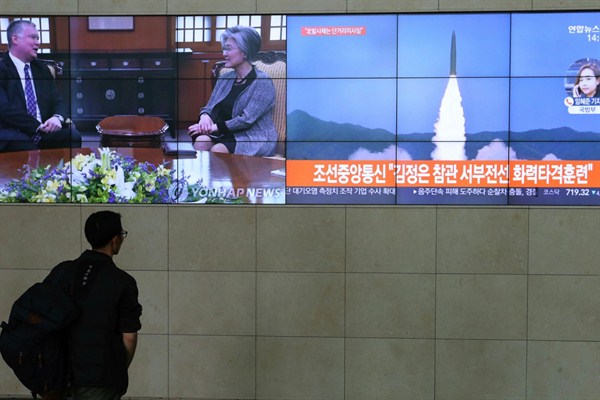The long-standing goal of U.S. policy on North Korea has been the “complete, verifiable and irreversible” dismantling of its nuclear weapons program and arsenal. While the Trump administration remains committed to pressuring North Korea to give up its nuclear weapons, the U.S. should begin to consider its policy options in the event North Korea decides to keep them.
Why have the Trump administration’s efforts to convince North Korea to relinquish its nuclear weapons program so far been unsuccessful? To begin with, the normal processes for working these types of international disarmament issues have been lacking. The integration of the U.S. State Department’s expertise and leadership on international exchanges and agreements has been limited, and there have been too few working-level exchanges before the two leader summits between U.S. President Donald Trump and North Korean leader Kim Jong Un. Trump’s decision to add new terms to the negotiation at the Hanoi summit complicated the possibility for an agreement. Finally, there was no common understanding of what denuclearization means.
Perhaps the Trump administration’s biggest error has been to focus almost exclusively on denuclearization, one of the most difficult issues to resolve, without raising enough additional issues as a basis for continued discussions. With no discussions, nothing can move.

